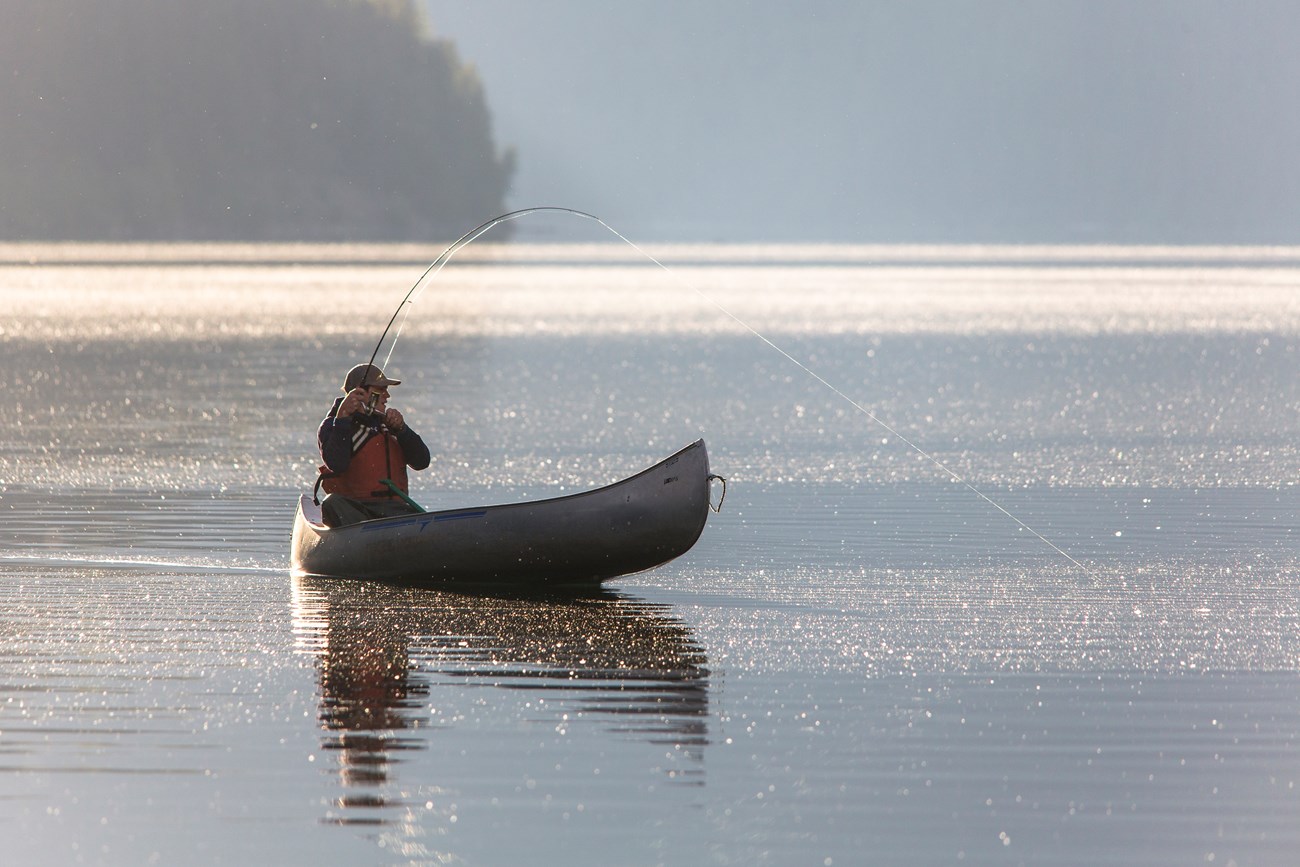
Anglers and hunters are the original conservationists; fighting for public lands, environmental laws, and regulations to protect the species they love to pursue.In order to continue fishing for future years to come, members of the fishing community must minimize their impact on aquatic environments. Use these guidelines to fish responsibly: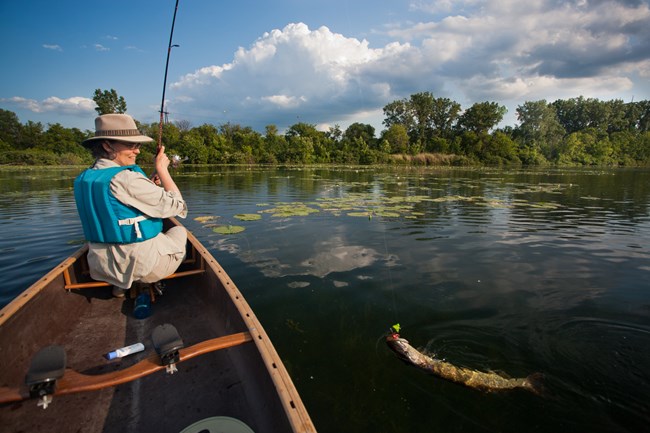
NPS Know Your RegulationsKnow the regulations of the park you are fishing in. Each park's regulations are different so make sure to check before you go. Find out why regulations matter and how they work. Know Your SpeciesKnow your species, and the difference between native and non-native species in your park. Find out why native fish are important to our ecosystems. Practice Catch & Release FishingCatch and release fishing improves native fish populations by allowing more fish to remain and reproduce in the ecosystem. Learn the proper catch and release techniques. Avoid Sensitive AreasBy avoiding fishing in sensitive areas like marine protected areas, you are allowing fish and biological communities to bounce back and flourish. Before you go, check park websites to find out if there are any fishing closures. Avoid Using Live BaitAvoiding using live bait reduces the risk of introducing non-native or invasive species. Many parks do not allow using live fish or amphibians as bait. 
NPS / Neil Herbert Clean, Drain, Dry, DisposeReduce the spread of invasive species that can cause damage to fish and their habitat.
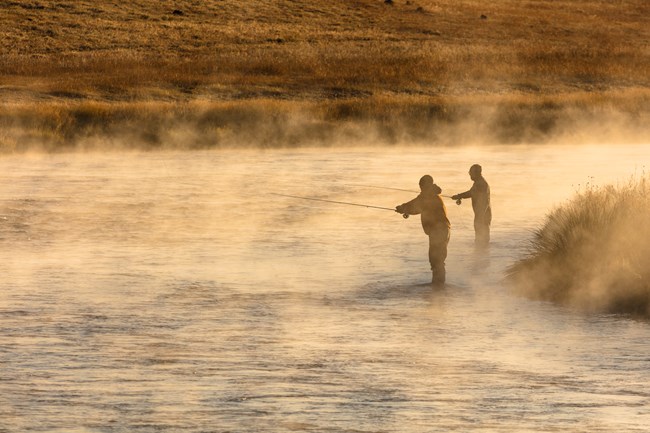
NPS / Neil Herbert Pack it in, Pack it out, and Leave No Trace.Trash left behind can harm fish and other aquatic life. Fishing line can entangle birds and other wildlife. Make sure to dispose of or recycle your fishing line in the proper receptacles. Some popular fishing spots may have monofilament fishing line recycling receptacles to use. Make Sure it's Safe to EatCheck your local state fish consumption advisories to make sure the fishing you're catching are safe to eat. At times certain environmental factors can make some species of fish and shellfish unsafe to eat. Build an Inclusive Angler CommunityThe water is open to all. Help make fishing welcoming for all identities and abilities. Build community and help your fellow anglers. Responsible Fishing at HomeYou can promote responsible fishing at home, too. Support sustainable seafood companies and restaurants. Encourage friends and family to adopt responsible fishing practices. Become a Junior Ranger Angler. You can also help conserve fish habitat by taking simple actions at home: 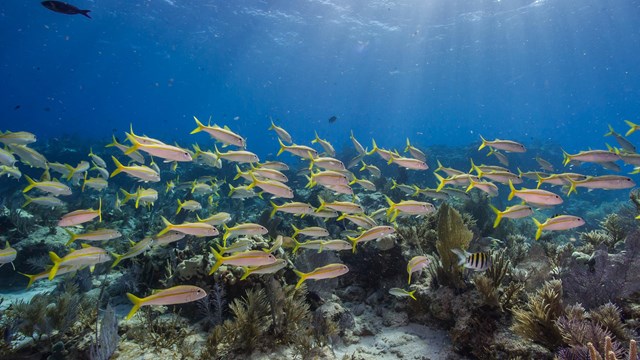
Living Blue
Whether or not you live on the coast, the state of the ocean affects us all. Help protect our oceans by living blue. 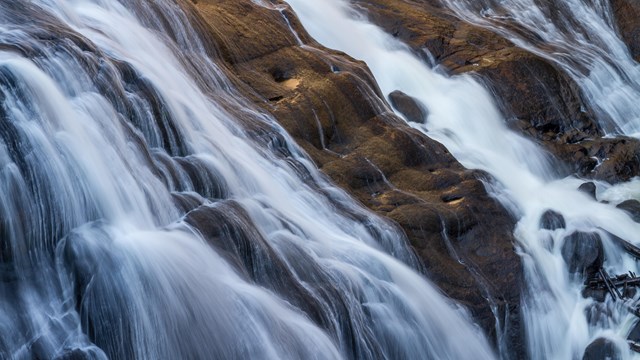
Conserve Water
Every living thing on this planet needs water to survive — even you! Find out how you can conserve water quality and quantity where you live |
Last updated: August 16, 2023
